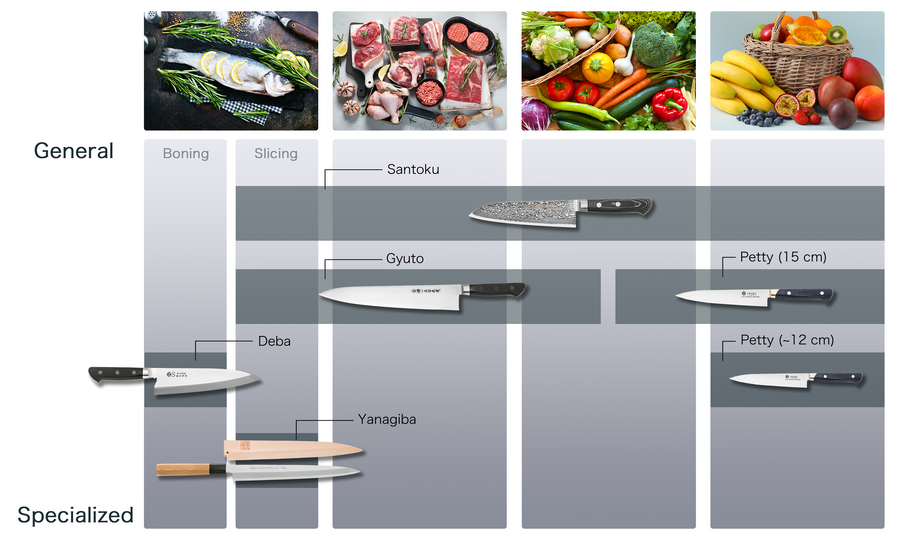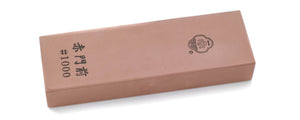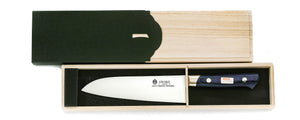Usuba Knife: Japanese Vegetable Knife (Single Bevel)

The usuba knife is perfect for peeling vegetables or slicing them thin enough to see through! One of the three major traditional Japanese knives, usuba have been forge welded in Sakai, Osaka for hundreds of years. Sakai Ichimonji Mitsuhide works closely with Sakai knifemakers to bring this wonderful vegetable knife to the world—including to your door!
Applications of the Usuba (Thin-bladed) Knife
These knives are used for cutting, chopping, and skinning vegetables in Japanese cuisine. Usuba knives generally have an incredibly thin cutting edge, allowing for razor-thin peeling. For example, using an usuba properly would let you make a ratatouille you could almost see through! These do require a bit of precise use, but allow a chef to expand the amount of ways they can cook and foods they can prepare. These can also slice other ingredients thinly with practice.
How to Select an Usuba Knife
There are two types of Usuba knife: Kamagata type (the sickle shape, known in Kansai/Osaka) and Edo type (the rectangle shape, known in Kanto/Tokyo). If you're unsure which to choose, we recommend the Kamagata type because the point of the blade is useful.
As chopping with an usuba involves making frequent contact with the cutting board, blade sharpness tends to decrease faster than other knives. Due to this, picking a knife with a long lifespan is advisable - as well as using the right cutting board.
Firstly, we recommend our "White Steel #2 Kasumi", made from the most popular steel in Sakai. It covers a wide range of people from beginners to top chefs - plus this model has even been used in the worldwide competitive stage for peeling. It is by far the most popular Usuba Knife, likely because it is easy to sharpen and an an attractive price point compared to other steels.
For Japanese & Sushi Restaurants: Ideally, such restaurants would want a knife as hard as possible with a well-developed blade thickness. We recommend the "White Steel #1 Montanren" to meet this purpose as it combines hardness and sharpness with ease of sharpening and restoration.
For busy restaurants that do not have time to wipe the knife as often, we recommend the "Hakugin Silver Steel #3" stainless steel series to retain a high level of sharpness, plus add some rust resistance and durability to keep you operating in the kitchen for longer.

How to Choose a Japanese Kitchen Knife for Beginners
Japanese kitchen knives are famous for their design, history, and cutting performance. This guide will help you select the best knife for your needs.































